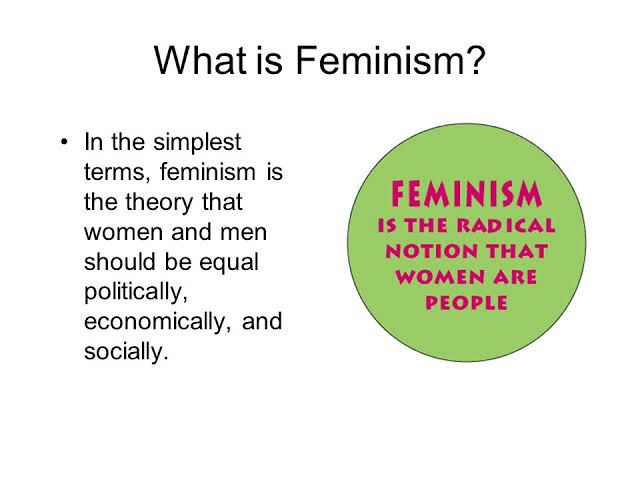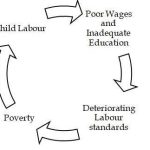
- Nobel Literature Prize for 2018 stands cancelled due to the then ongoing #MeToo campaign
INTERNATIONAL ORIENTED
- The feminist movement (also known as the women’s movement, or simply feminism) refers to a series of political campaigns for reforms on issues such as reproductive rights, domestic violence, maternity leave, equal pay, women’s suffrage, sexual harassment, and sexual violence, all of which fall under the label of feminism and the feminist movement.
- Feminism in China — 1911 with Chinese Revolution
- Popular Names —
- JS Mill — The Subjection of Women
- Simine Veil — French — contraception
- Simone de Beauvoir — The Second Sex
- Adrienne Rich
- J S Tickner
India ORIENTED
- It is the pursuit of women’s rights within the society (of India).
- Three phases —
- Before mid-18th century — Europeans began to speak out against social evils like Sati. Then came Socio-Religious Movements with a strong force for reformation of status of women in the society — education, marriage, widowhood
- From 1915 to Independence — Gandhi promoted women’s movement to NCM, QIM and independent women movements
- Post Independence — focused on fair treatment of women at home after marriage, in the work force and right to political parity.
- Indian feminists face certain obstacles in Indian society that are not present or as prevalent in Western society.
- Indian feminists draw attention to the powerful image of female Goddesses in Hinduism.
- Unlike the Western feminist movement, India’s movement was initiated by men, and later joined by women.
- Matriarchal societies — Scheduled Tribes
- Nairs of Kerala, Shettys of Mangalore, Bengali families
- Major Names (Indian) —
- Draupadi, Goddess Kali, Sita, Shakuntala
- Bhakti — Meera Bai, Avvaiyar, Karikal
- Sampat Pal Devi — Gulabi Gang
- Savitri Phule — first girls school
- Tarabai Shinde — first India’s feminist text written by her
- Pandita Ramabai — criticised patriarchy
- RRM, Ishwar Chandra Vidyasagar
- Gandhiji, Nehru and INM leaders
- Aruna Asaf Ali
- Laxmi Bai of Jhansi
- The Indira Gandhi
- Organisations —
- All India Women’s Conference (AIWC) — close association with INC
- National Federation of Indian Women
- Localised women’s association — women’s education, livelihood etc
- National Commission on Women
- Women’s franchise and political participation
- 1970s saw the rise of post-independence Indian feminism
- Kerala is often considered as leader in women rights. (High literacy rate)
- Religious Angle
- Role of Cinema and Bollywood
- Role of Literature and Media
- Role of women is often ignored in Indian history — be it Dalit history, Ambedkar’s movement or INM etc
- Government Initiative —
- BBBP
- Concession on women education
- Relaxation in screening tests
- One-Stop Centres
- Cabinet positions to women — Defence, External Affairs
- Sex education and gender sensitisation
- Kishor Varta — “It opens up a space for adolescent boys to reflect on and question gender roles they see around them.”
- Sanitary Pads and Menstrual Hygiene drive
- Nirbhaya Funds
- Popular NGOs
- Bharatiya Muslim Mahila Andolan (BMMA) — Triple Talaq
- Sayfty — women education and workshops
- CREA — Feminist Human Rights Org. (Delhi)
- Swayam — Kolkata — free from violence and discrimination
- HeForShe by UN
- UNIFEM
- WASH United — Menstrual awareness
- ICRW — Intl. Centre for Research on Women






![UPSC CSE Topper Mains Answer [Gaurav Agarwal] word-image-10753-1](https://iasbio.com/wp-content/uploads/2023/06/word-image-10753-1-150x150.png)









